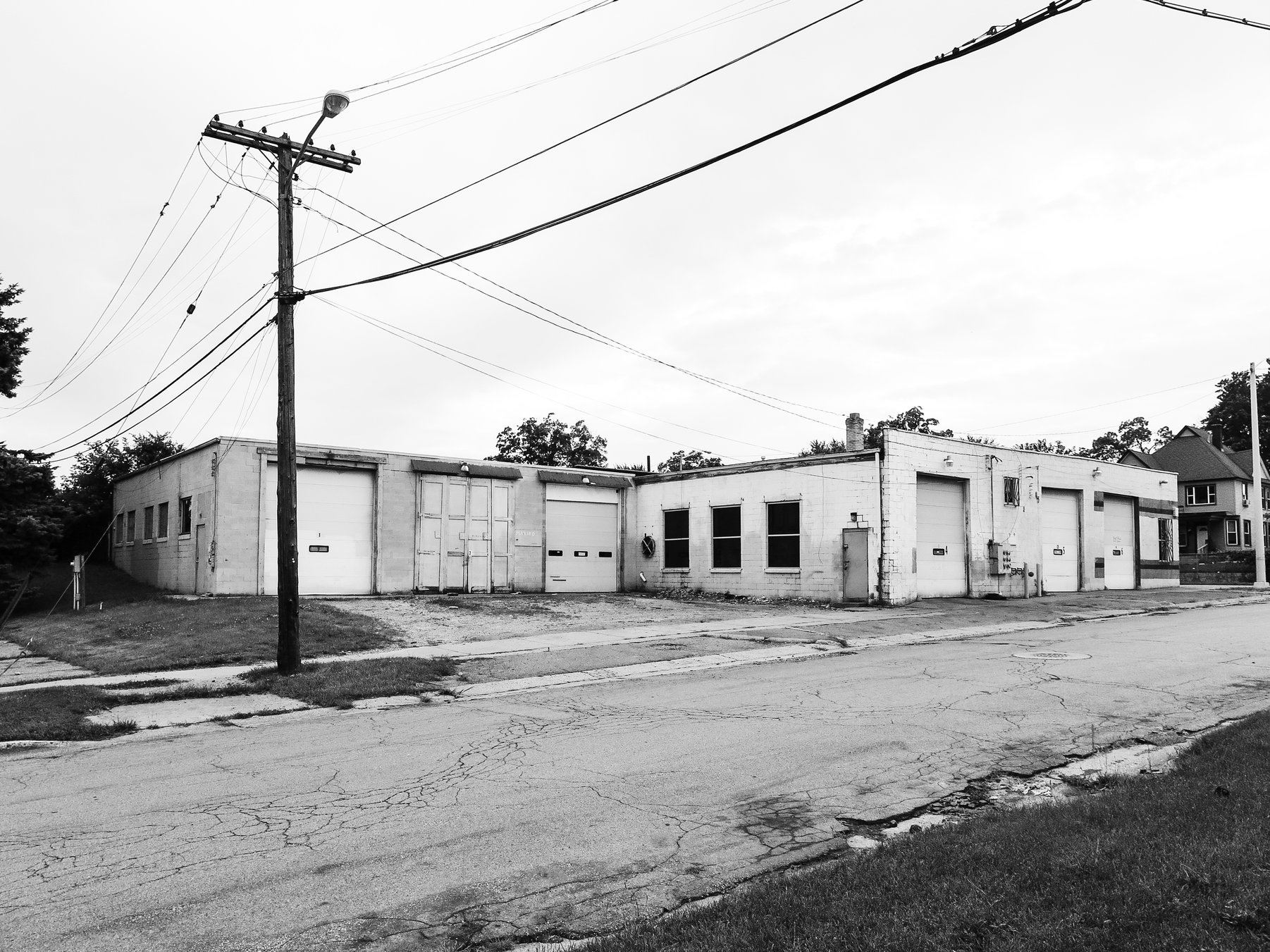
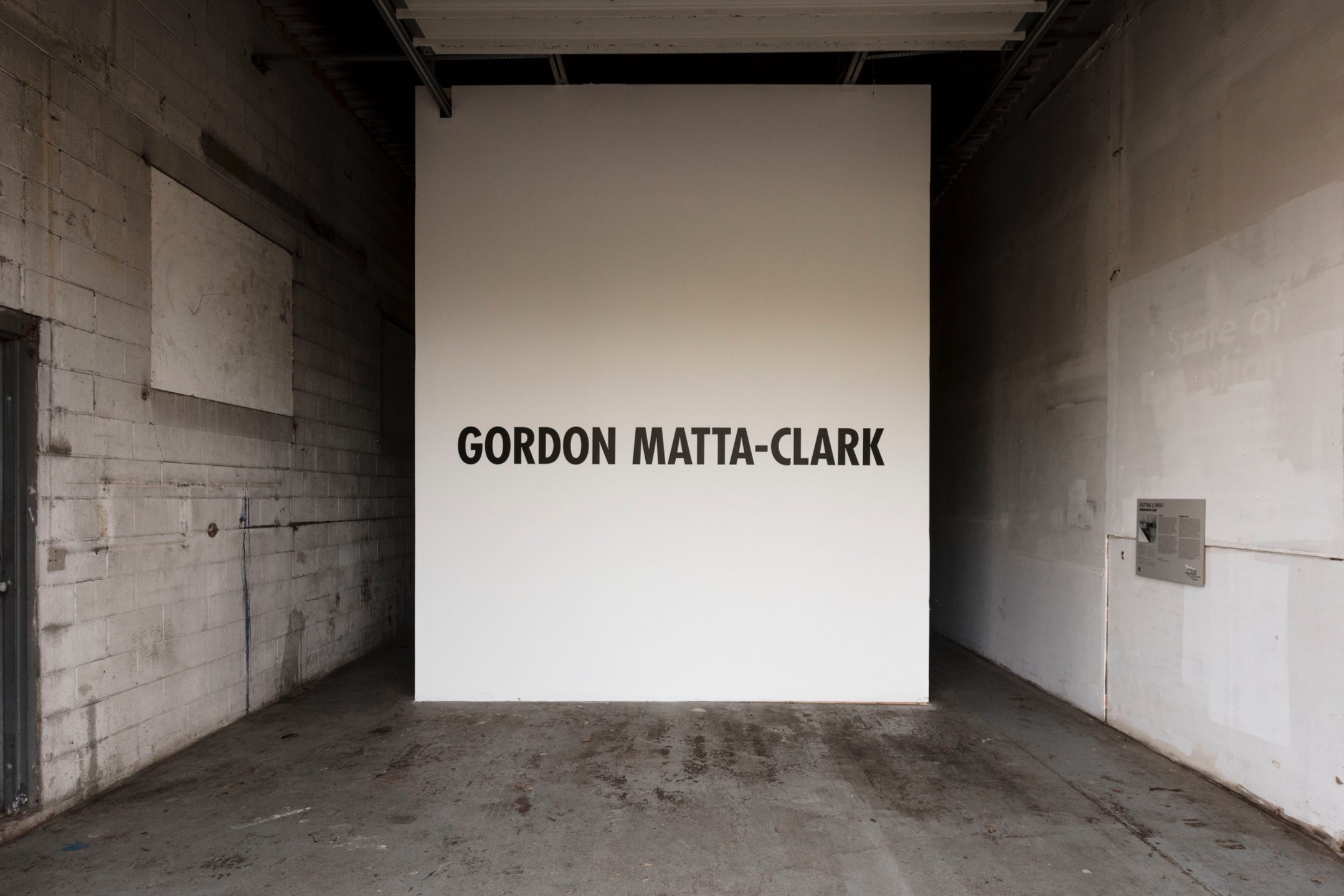

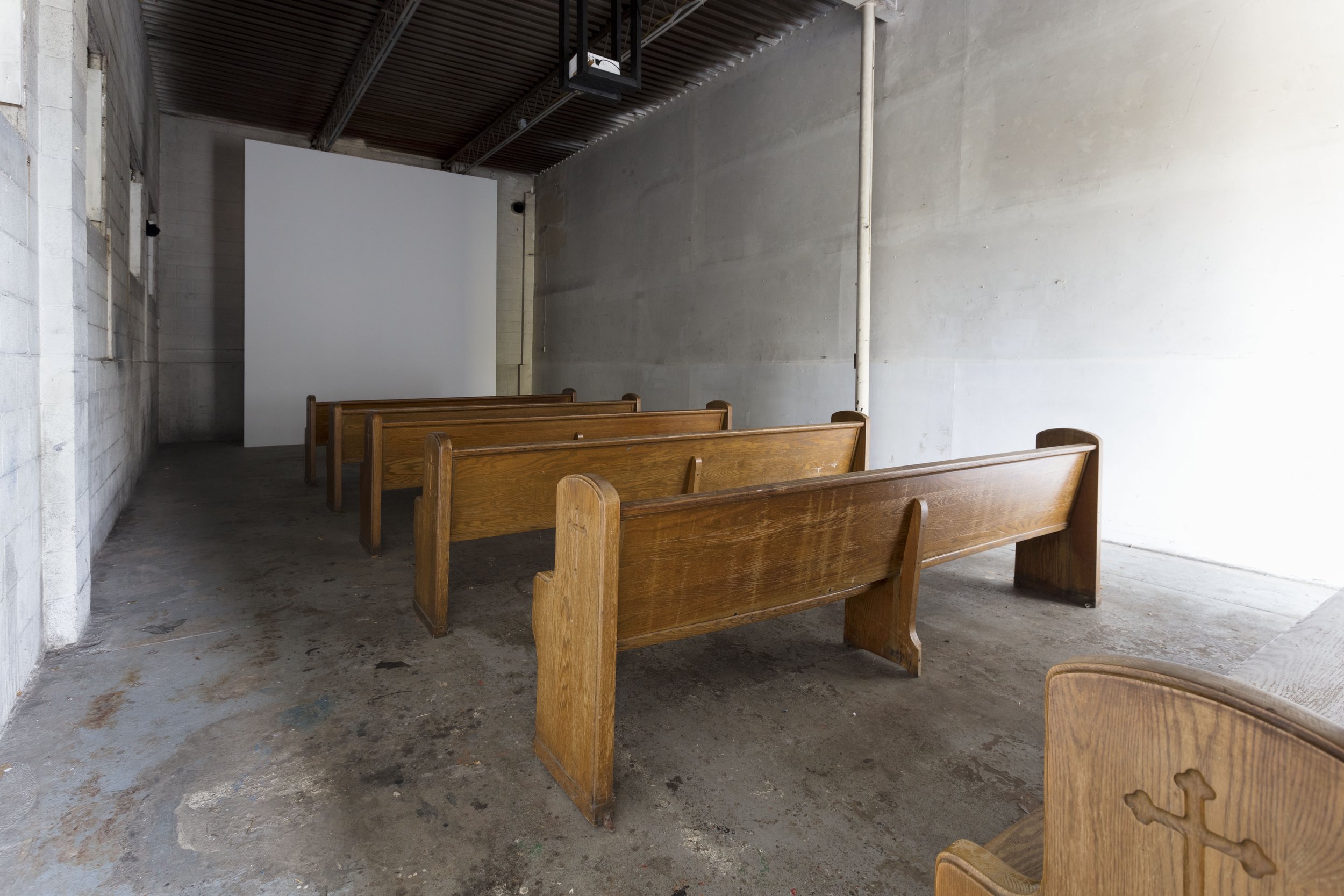

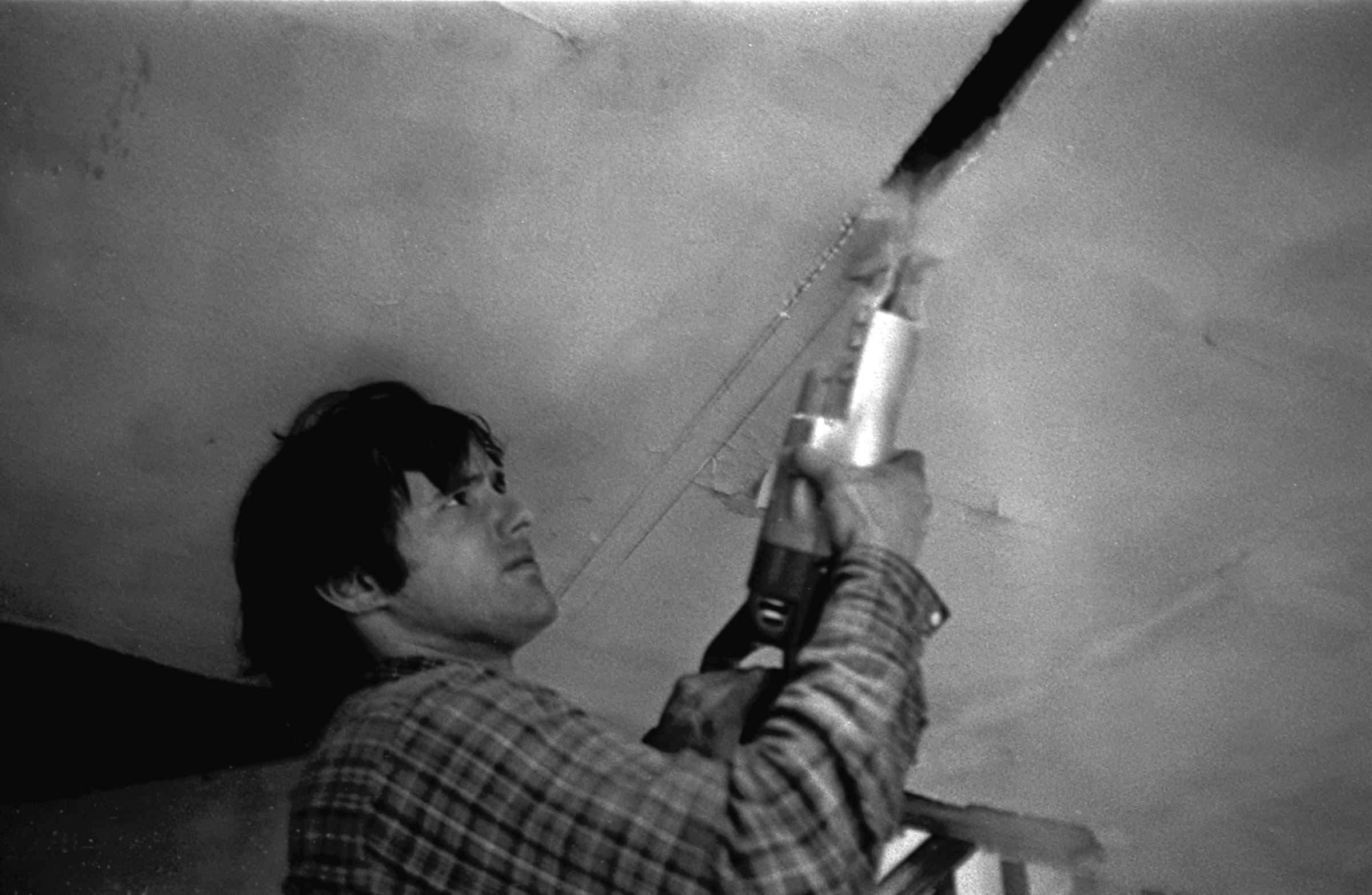

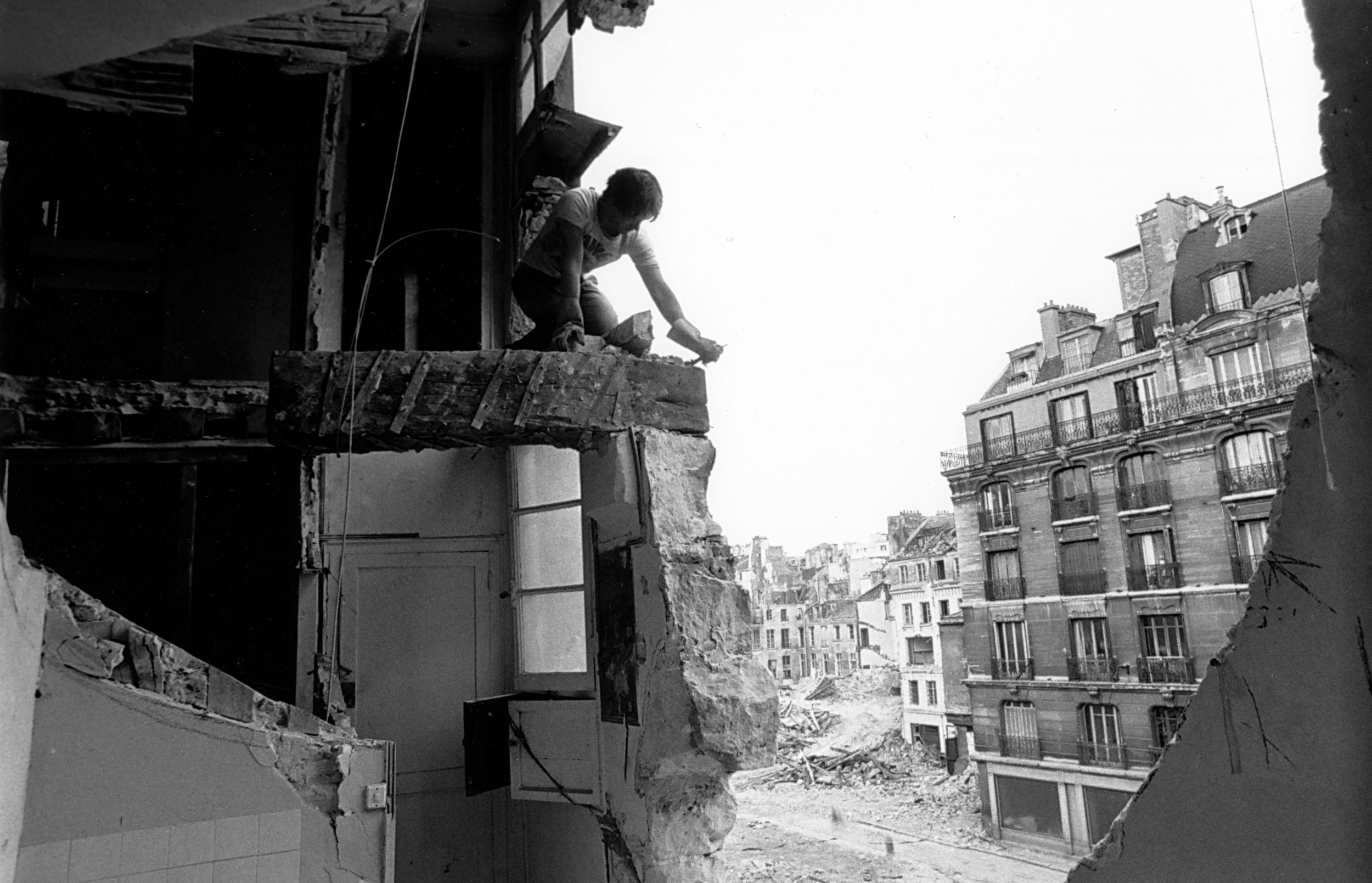



“Gordon Matta-Clark is generally considered one of the most influential American artists of the 1970’s. During his brief but prolific career, he transformed our understanding of how an artist can directly engage with his or her lived environment as he evolved obsolete architectural structures into works reflective of not only their rich history but also turbulent present context. He brought the audience to the work rather than the work to the audience, engaging them through food, conversation, and an immersive art experience – the work being something one would not just look at but journey through. The ramifications of his projects, both realized and unrealized, illuminated social and cultural inequalities endemic to contemporary urban and suburban society. His work was inclusive, like the beginning of a great conversation one can continue through to today.
It does continue through such great art initiatives like SiTE:LAB in Grand Rapids, supporting large scale artistic interventions that evolve disused community architecture into transformative artistic works inspiring the audience’s active engagement with not only the work, but their own lived city – each installation reflective of its past, present, and future potential. This is an expansive art experience: bodily immersive, socially oriented, actively connecting audience and artist and greater community. Not to mention it’s exciting – the scale, the rigor, the enthusiasm all serve as an infectious burst of creative action – one cannot help but personally think and engage in its presence. That SiTE:LAB takes the artistic practice of Gordon Matta-Clark as part of its inspiration is an exceptional reflection of his artistic legacy and asserts SiTE:LAB as a great addition to the ongoing urgent conversation about the potential of contemporary art to effect real change.” —Jessamyn Fiore, Co-Director, Estate of Gordon Matta-Clark
Special Thanks:
Estate of Gordon Matta-Clark
Electronic Arts Intermix
National Endowment for the Arts
Habitat for Humanity of Kent County
Grand Rapids Art Museum

Splitting, 1974
10:50 min, b&w and color, silent, Super 8mm film on video
This film documents the first of what Matta-Clark called his “cuttings,” major architectural interventions in which he made holes and incisions into buildings, in this case a house in Englewood, New Jersey.
Image courtesy of the Estate of Gordon Matta-Clark and David Zwirner Gallery, © 2017 ARS, New York

Bingo,1974
9:40 min, color, silent, Super 8mm film on video
In this August, 1974 project, Matta-Clark systematically removed the façade of a house in Niagara Falls, New York.
Image courtesy of the Estate of Gordon Matta-Clark and David Zwirner Gallery, © 2017 ARS, New York

Conical Intersect, 1975
18:40 min, color, silent, 16 mm film on video
For the Paris Biennale in 1975, Matta-Clark cut a cone-shaped hole through two 17th century townhouses slated for demolition in connection with the construction of the Centre Georges Pompidou.
Image courtesy of the Estate of Gordon Matta-Clark and David Zwirner Gallery, © 2017 ARS, New York

Food, 1972
43 min, b&w, sound, 16 mm film on video
This film captures a day in the life of Food, the now legendary artist-run restaurant in SoHo that was operated by Matta-Clark along with Carol Goodden and Tina Girouard from 1971 to 1973. The restaurant also served as a meeting place and venue for performances and other art events.
Image courtesy of the Estate of Gordon Matta-Clark and David Zwirner Gallery, © 2017 ARS, New York